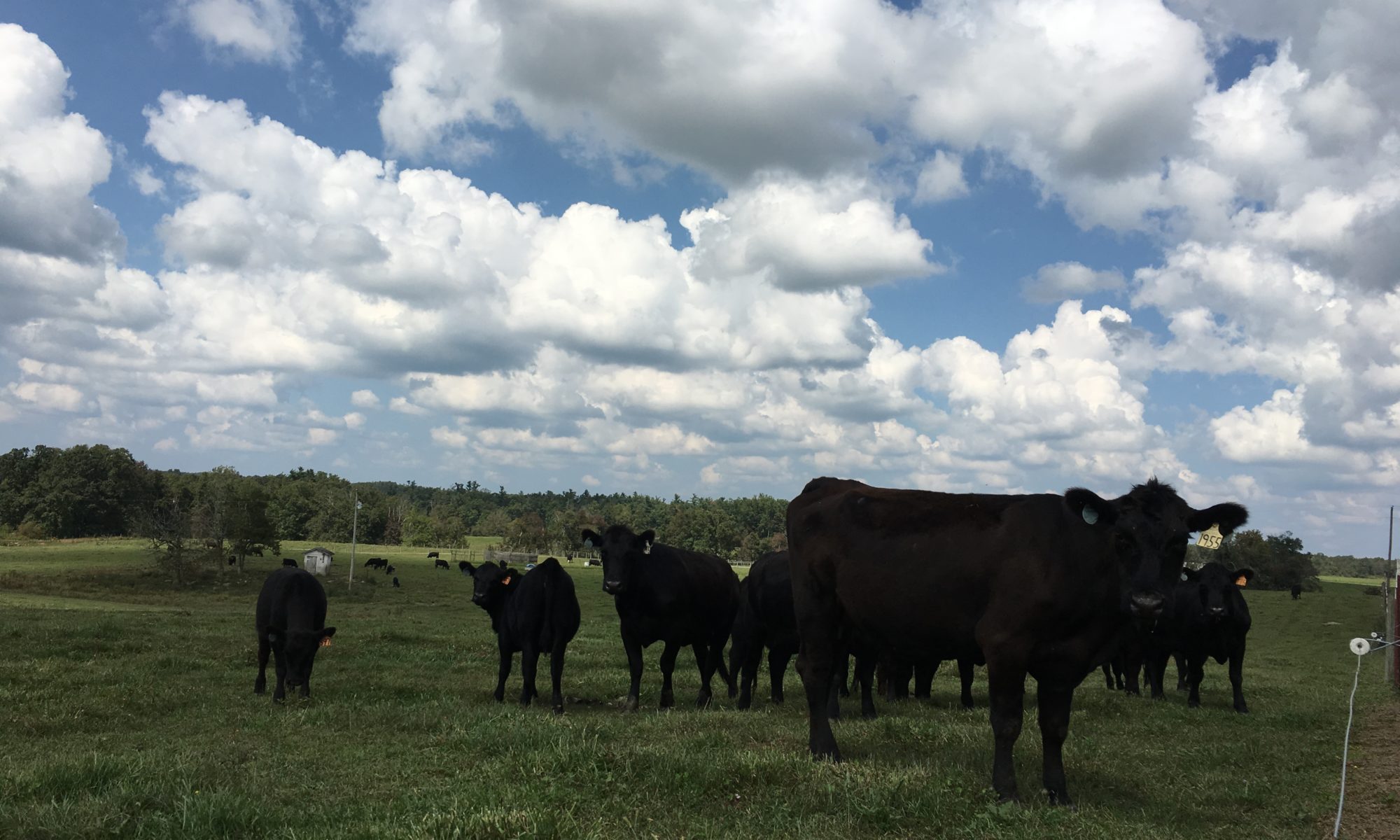

Dr. Katie Mason
Assistant Professor and Extension Beef Cattle Nutrition Specialist
Department of Animal Science
P: 865-974-8941
No matter the challenge, be it high feed prices or significant weather events, cattle still have to eat. During the winter storms at the end of February, many producers faced difficulties getting out to feed their livestock. On top of that, commodity feed prices have been higher recently. Cattle producers have kept their heads down and pushed through the storm to provide for their herds. The good news is, we’re bound for greener pastures in the next month or so. But thinking ahead, there are some management considerations to keep in mind for next year when it comes to feeding cows through the winter or building extra room into the budget.
Test your hay – Sample each lot of hay you make or purchase. Create a hay inventory so that you know how much you have, if you will have enough to get through the winter, and from where to pull the highest quality hay for the cattle with the greatest needs.
Know your cattle needs – Know the nutritional needs of your herd. This is especially dependent upon stage of production. Feed lower quality hay to dry cows and reserve the best hay for cows in peak lactation.
Strategic supplementation – By knowing the quality of your hay and the needs of your cattle, you can make a strategic or precise supplementation plan. Often producers may feed extra energy or protein as an “insurance” policy. But when feed prices are high, delivering exactly the amount of nutrients the cow needs is going to be the most cost effective practice.
Build in room for profit – For stockers and backgrounders, price margins are tight and feed costs are large variable cost. Factor in a profit “cost” during the budgeting process. This may help insulate from rising feed costs when it comes time to sell. Take advantage of any opportunity that may present itself for a profit, such as alternative feeds, keeping calves for a longer period of time, or enrolling them in value-added programs.
Evaluate feed cost – When evaluating alternative feed sources, make sure they are readily available to you and provide the nutrients that your cattle need. To compare the cost of feeds, compare them in terms of a price per unit of nutrient. For example, if Feed A is 12% CP and $180 per ton, and Feed B is 18% protein and $220 per ton, you’ll get more “bang for your buck” using Feed B, because you’re getting a greater amount of protein for a cheaper price (A: $0.75/lb CP and B: $0.61/lb CP).
Buy in bulk and buy early – Do you have a facility to store commodity feeds in bulk? Or is there a way to build one? Having feed storage allows the flexibility to purchase large amounts of feed earlier in the year, which is typically more economically efficient.
Reduce hay-feeding days – Here in Tennessee, there is a tremendous opportunity to stockpile tall fescue to reduce hay-feeding days. The more days cattle can spend on pasture, the better.
Reduce waste – Reduce hay loss by storing your hay properly. Whether that’s in a barn or at least covered and in a well-drained area, it’s important to minimize hay loss due to storage method. Another place hay may be wasted is at the feeder. Use of hay rings, bale grazing, or unrolling hay daily may help with more efficient use of hay.
Cull open cows – Pregnancy check and cull open cows. It’s essentially impossible to make up the profit loss from an open cow. Best to know early, before feeding a cow all through the winter, if she will not have a calf.
I admire the resilience of cattle producers who always step up to provide for their animals. My job is to provide solutions to make that task easier and more efficient. Providing tips like the ones listed here are one way that I strive to do that. Please reach out to your local county Extension agent or me with additional nutrition-related questions. As I finish up writing this article, I see blue skies and sunshine through my window, and my phone is telling me it’s 72 degrees outside. Let’s hope for more of these days ahead soon!